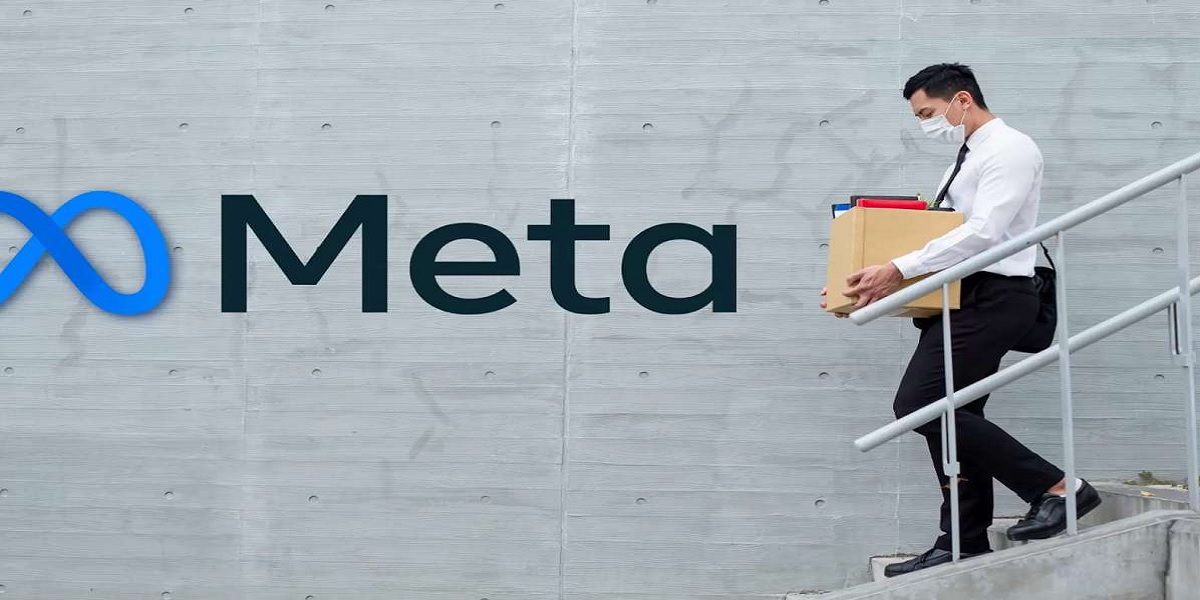Tech Titan Turmoil: Meta's Conflicting Moves in AI Workforce Spark Questions!

Reports are circulating this week that Meta is cutting approximately 600 positions from its AI division, a move that appears paradoxical given the company’s aggressive recruitment campaign over recent months. This contradiction raises significant questions about Meta’s overarching AI strategy and what these actions signal for the broader tech industry, especially concerning the timing of these Meta AI job cuts.
The timing of these layoffs is particularly striking. Just months after Meta embarked on a highly publicized hiring spree, offering compensation packages reportedly reaching hundreds of millions of dollars to attract top researchers from prominent AI entities like OpenAI and Google, the company is now scaling back portions of its AI workforce.
The cuts will specifically impact Meta’s FAIR AI research, product-related AI, and AI infrastructure units within the company’s Superintelligence Labs, which initially employed several thousand people. According to reports, the newly-formed TBD Lab unit, however, will be spared from these reductions. Following the layoffs, Meta’s Superintelligence Labs’ workforce now stands at just under 3,000 employees. Affected employees have been offered 16 weeks of severance pay, plus an additional two weeks for every completed year of service, and are being encouraged to apply for other positions within Meta.
The primary rationale behind these cuts, as indicated by an internal memo from Meta Chief AI Officer Alexandr Wang, is to address what the company identified as an overly bureaucratic structure. Wang stated that by reducing team size, fewer conversations would be required for decision-making, thereby increasing each individual’s load-bearing capacity, scope, and overall impact. Deeper concerns also played a role; CEO Mark Zuckerberg reportedly grew dissatisfied several months ago, perceiving that the company’s existing AI efforts were not yielding necessary breakthroughs or improved performance, particularly following the lukewarm reception of Meta’s Llama 4 models released in April.
To fully comprehend the current Meta AI job cuts, it is essential to revisit Meta’s prior strategic investments. In June 2025, Meta made a substantial US$14.3 billion investment in Scale AI and brought on the startup’s CEO, Alexandr Wang, as its first-ever Chief AI Officer. This was immediately followed by an aggressive talent acquisition campaign, during which Meta successfully recruited multiple researchers from OpenAI, including Shengjia Zhao, Jiahui Yu, Shuchao Bi, and Hongyu Ren. There were claims, notably from OpenAI CEO Sam Altman, that Meta was offering signing bonuses reportedly up to US$100 million. Zuckerberg himself articulated a focus on “building the most elite and talent-dense team in the industry” for Meta’s new Superintelligence Labs, also hiring prominent executives like former GitHub CEO Nat Friedman and Safe Superintelligence co-founder Daniel Gross. Yet, unexpectedly, Meta paused hiring for its AI division in August 2025, mere weeks after this significant recruitment push.
A critical aspect revealing the nature of these Meta AI job cuts is the distinction between who is affected and who is not. Employees within TBD Labs, which predominantly houses many of the top-tier AI hires brought into Meta during the summer, were not impacted. In contrast, Meta’s broader AI unit was perceived as bloated, with legacy teams like FAIR and other product-oriented groups often competing for limited computing resources. This restructuring therefore appears to be a calculated strategic bet, prioritizing the new, highly compensated talent over established, legacy teams.
The precise timing of these Meta AI job cuts is particularly noteworthy. They were announced just a day after Meta finalized a US$27 billion financing deal with Blue Owl Capital, designated to fund the Hyperion data center in Louisiana. This stark juxtaposition—cutting AI personnel while simultaneously investing tens of billions in AI infrastructure—suggests that Meta is not withdrawing from AI but rather strategically reallocating resources toward specific initiatives deemed more promising and efficient.
These Meta AI job cuts may signal a broader recalibration in the tech industry’s approach to AI talent. It raises questions across Silicon Valley about whether AI layoffs are beginning to emerge just as the hype cycle for AI appears to peak. After months of intense hiring and astronomical compensation packages, Meta’s restructuring implies that merely accumulating AI talent is insufficient. The company seems to be realizing that organizational structure, the speed of decision-making, and team coherence are as vital as individual brilliance. Industry analysts have offered perspectives, with Dan Ives of Wedbush Securities describing Meta as being in “digestion mode” after its spending spree, and Daniel Newman, CEO of Futurum Group, characterizing the hiring freeze as “a natural resting point for Meta.”
Despite the recent layoffs, Meta insists its commitment to AI remains steadfast. The company continues to actively recruit and hire for its TBD Lab unit, and Zuckerberg has indicated that Meta’s AI initiatives are projected to drive a year-over-year expense growth rate in 2026 that will surpass 2025’s growth. What is transpiring is not a retreat from AI but a strategic realignment. Meta is consolidating its AI efforts around a more streamlined, agile core team, spearheaded by Alexandr Wang and composed largely of the expensive talent acquisitions from earlier in the year. The company is wagering that this leaner, more focused structure will be more effective in delivering the breakthroughs that eluded its larger, more established teams.
Ultimately, the apparent contradiction of Meta AI job cuts alongside continued hiring is not contradictory but rather a deliberate and strategic maneuver. Meta is intentionally streamlining older structures to make way for new talent, aiming to reduce bureaucracy and betting on its high-value new hires to succeed where legacy teams may have faltered. Whether this strategic gamble pays off remains to be seen. The company is effectively creating a “startup-in-a-giant” model, protecting its prized recruits while trimming organizational fat. As Wang noted in his internal memo, “This is a talented group of individuals, and we need their skills in other parts of the company.” The success of Meta’s ability to redeploy this talent internally, or whether these individuals will transition to competitors, will undoubtedly become another significant chapter in the ongoing AI talent wars. Meta’s current approach reflects a broader, evolving truth within the AI industry: simply injecting vast sums of money and large numbers of people into a problem is not a guaranteed path to success. True progress increasingly demands the right organizational structure, a clear strategy, and the courage to make difficult decisions about both priorities and personnel.
You may also like...
Digital Portfolios Are the New Business Cards; Here’s How to Build One That Gets Seen

In today’s digital-first economy, your online portfolio is your handshake, résumé, and elevator pitch rolled into one. H...
Career Pivoting: Why Changing Paths Might Be the Smartest Move You Make

In a world where stability often overshadows fulfillment, career pivoting may be the smartest move for professionals se...
Why Your First Failure Might Be the Best Thing That Ever Happened to Your Business

Failure isn’t the end of entrepreneurship, it’s the education success never gives. Here’s why your first business collap...
Consumerism vs Culture: Is Africa Trading Values for Trendy Lifestyles?

Is Africa trading its cultural values for trendy lifestyles? Explore how consumerism, foreign brands, and social media p...
The War on Boys: Are African Male Being Left Behind in Gender Conversations

Why are African boys and men often left out of gender empowerment programs? Explore how emotional suppression, lack of m...
Pay Slip, Motivation Slips: The Silent Crisis Among the Working Class

Across Nigeria, millions of workers are trapped in jobs that pay just enough to survive but too little to live. Beneath ...
Premier League's Unsung Heroes: Bournemouth, Sunderland, and Tottenham Shockingly Exceed Expectations

This Premier League season sees teams like Bournemouth, Sunderland, and Tottenham exceeding expectations. Under Thomas F...
El Clasico Fury: Yamal Controversy and Refereeing Blunders Ignite Post-Match Debates
)
Real Madrid secured a 2-1 El Clasico victory over Barcelona amidst significant controversy surrounding a late penalty de...




